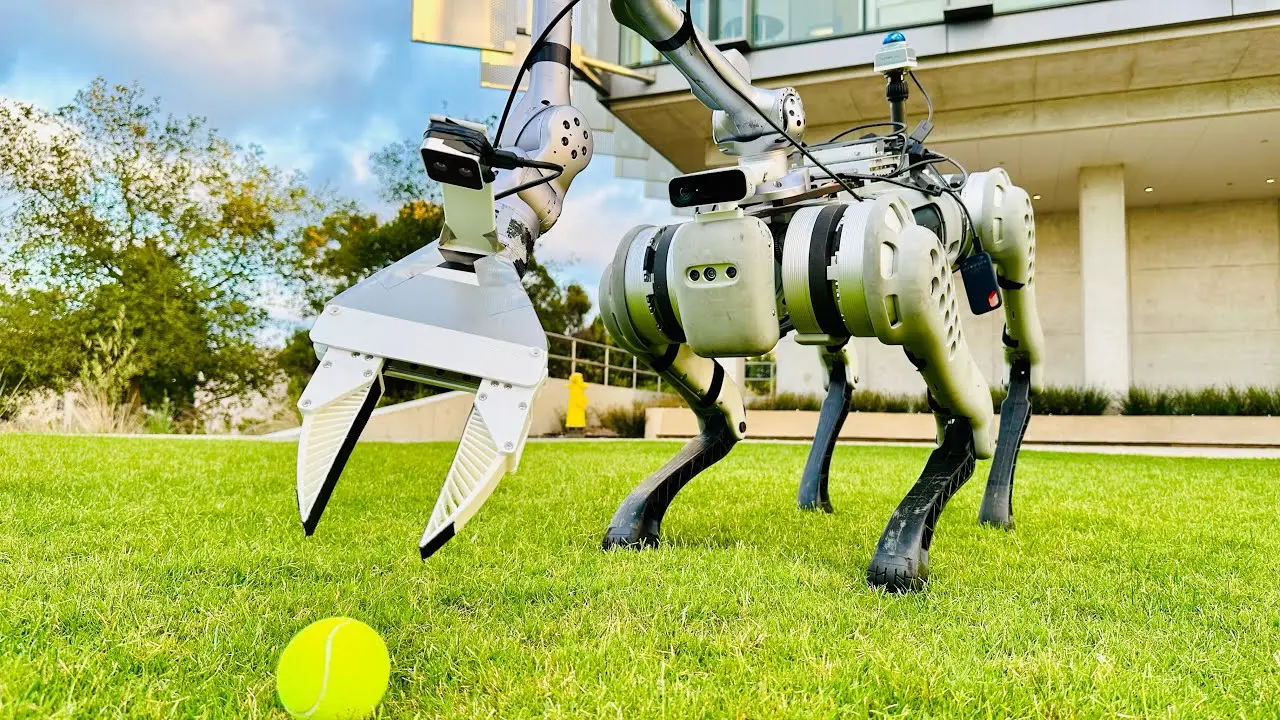Human-Agent Joint Learning: Revolutionizing Efficient Robot Manipulation Skill Acquisition
Human-Agent Joint Learning (HAJL) for efficient robot manipulation skill acquisition represents a paradigm shift in robotics, moving beyond static programming or one-way imitation. This collaborative framework enables humans and AI agents to co-pilot a robot, combining human intuition with machine precision to accelerate the learning of complex tasks dramatically. Grounded in recent research, this approach is solving core challenges in scalability, data efficiency, and dexterity that have long constrained robotic automation.
Core Principles: The Synergy of Human and Agent
At its heart, HAJL is a shared-control framework where a human operator and an AI agent jointly control the robot’s end-effector. This is not merely imitation learning; it is an interactive, adaptive process.
- Bootstrapping with Human Intent: The process begins with human teleoperation, providing high-level demonstrations that capture the task’s intent and strategic nuances.
- Progressive Control Shift: As the AI agent (often a Deep Reinforcement Learning model like Soft Actor-Critic) learns from these demonstrations, the control ratio dynamically shifts. The system starts with ~80% human control for guidance and tapers to ~20% as the agent masters low-level stability and repetitive motions.
- Real-Time Adaptation: Unlike pure imitation learning, which suffers from a 20-30% accuracy drop due to distribution shift, HAJL incorporates real-time feedback loops. This allows the system to adapt to environmental variations like cluttered workspaces in real-time, achieving up to 85% agent autonomy after just 50-100 trials.
The Technical Mechanism: Control blending is mathematically governed by equations like weighted action fusion:a_total = α a_human + (1-α) a_agent
where α decays exponentially based on the agent’s confidence or performance metrics, ensuring smooth, jerk-free transitions.

The HAJL Workflow in Practice
- Data Generation & Labeling: Human operators perform teleoperation via haptic interfaces. The resulting demonstrations are automatically labeled for success, often with the assistance of Large Language Models (LLMs) that infer sub-task structures and code snippets.
- Agent Training: The DRL agent trains on this curated dataset, learning the policy for the manipulation task.
- Shared Control Execution: The system enters the joint learning phase. The human provides high-level corrective guidance, while the agent handles precise, stable control. This reduces human cognitive load by up to 40% and mitigates user fatigue.
- Sim-to-Real Transfer: For physical deployment, training in simulated environments (e.g., MuJoCo, Isaac Gym) using domain randomization (varying lighting, friction by 10-15%) ensures robust performance on real hardware.
Quantifiable Benefits and Advantages
The efficacy of HAJL is demonstrated by significant performance leaps:
- Unprecedented Efficiency: Data collection is accelerated by 3-4x, drastically reducing the time-to-deployment for new skills.
- Higher Success Rates: Systems evolve from 60% success with baseline methods to 95% under the HAJL paradigm, particularly in dexterous tasks.
- Mastery of Complexity: In high-Degree-of-Freedom (DoF) tasks (e.g., 20-DoF robotic hands), HAJL achieves 80% grasp success in cluttered scenes, compared to just 50% for standalone DRL.
- Enhanced Generalization: Integrating LLMs for task decomposition allows for zero-shot adaptation to novel objects, yielding a 25% improvement over non-joint systems.
Technical Frameworks and Architectures
Successful implementation relies on a robust technical stack:
- Agent Algorithms: Deep Reinforcement Learning models, particularly Soft Actor-Critic (SAC) and PPO variants, are favored for their stability and sample efficiency.
- Human-in-the-Loop DRL: The agent’s policy updates incorporate human-provided rewards or corrective signals, creating a continuous learning loop.
- Advanced Architectures: Transformer-based agents are increasingly used to process sequential demonstration data, achieving 2x faster convergence.
- Simulation Platforms: Tools like NVIDIA’s Isaac Gym enable massive parallelization (1000x), allowing for the rapid iteration of policies before real-world transfer.
Overcoming Implementation Challenges
HAJL addresses several critical hurdles in robot learning:
- Safety in Shared Control: To prevent agent overrides from causing collisions, methods like Constrained Optimization and Control Barrier Functions (CBFs) are used to enforce minimum safe distances (e.g., 0.1m).
- Data Quality: Noisy or suboptimal human demonstrations are filtered using anomaly detection algorithms, improving dataset quality by 15%.
- System Latency: Real-world latency (50-100ms) is compensated for by predictive models that forecast human intent, reducing disruptive jerk by 30%.
Real-World Applications and Future Directions
HAJL is moving from research labs to industrial and healthcare settings:
- Manufacturing: In automotive assembly, robots learn complex screw-fastening and bin-picking tasks, cutting training time from weeks to days while achieving over 90% operational efficiency.
- Healthcare: Assistive robots can be taught safe patient handling through HAJL, where the agent stabilizes motions to ensure patient and caregiver safety.
- The Future: The next frontier involves multimodal sensor integration (e.g., vision + force-torque sensing) for even finer manipulations, promising to revolutionize fields like robotic surgery. The use of hybrid datasets (human + synthetically generated data) is already improving robustness in rare scenarios by 35%.
Conclusion
Human-Agent Joint Learning for efficient robot manipulation skill acquisition is more than an incremental improvement; it is a foundational change that inverts the traditional paradigm. Instead of humans adapting to robots, the robot adapts to the human, creating a synergistic partnership. By delivering order-of-magnitude improvements in efficiency, success rates, and generalization, HAJL is poised to overcome long-standing barriers, making advanced robotic manipulation a practical reality across countless industries.










































